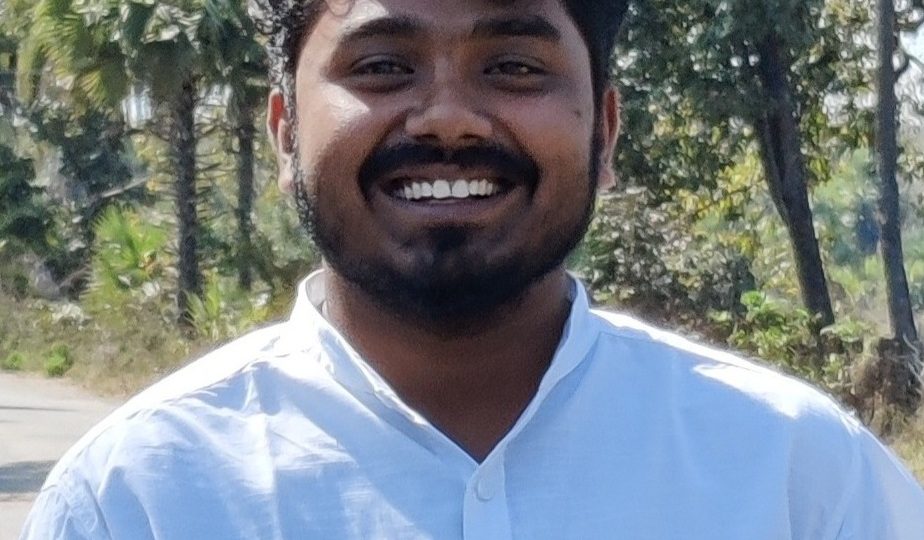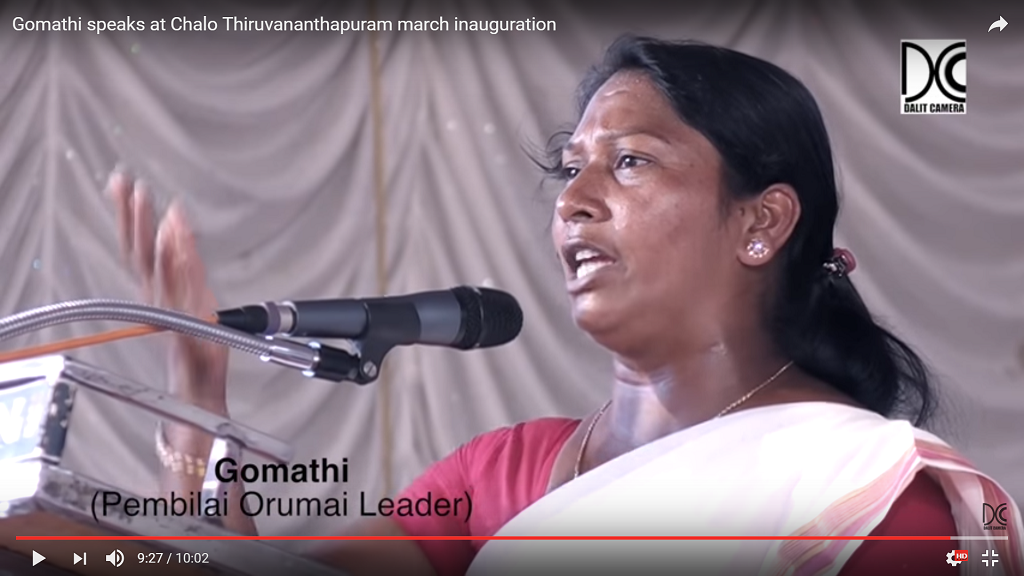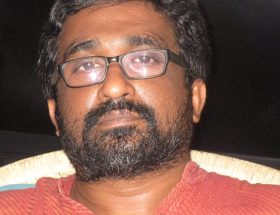Bodhi Ramteke
Statues represent symbolic actions. They are responsible for more than just remembering history or culture. The process of installing a statue is one of many ways to demonstrate assertion against oppressors and reclaiming places that were denied in the Bramhanical social structure. Among oppressed communities, statues have played a significant role in increasing clarity and mobilizing communities, both politically and socially.
Resistance to historical oppression through statues has created insecurity among the upper castes. In 2019, a Tamil Nadu resident petitioned the Madras High Court for an order to remove the inscription, which reads, “There is no God. God doesn’t exist. He who created god is a fool, he who propagates god is a scoundrel, and he who worships god is a barbarian.” He also contended that Periyar never uttered the words inscribed beneath the statues during his lifetime, and that they were inscribed by the Dravidar Kazhagam, led by its president K. Veeramani.
The petitioner contended that by sanctioning such inscriptions, the State has not only alienated, but also discriminated against the believers of God, infringing on their rights to equal treatment and to life with dignity guaranteed by Articles 14 and 21 of the Constitution. Furthermore, the State’s sanction of such inscriptions is inconsistent with the constitutional guarantees of free thought and conscience, as well as the right to profess and propagate one’s religion, as enshrined in Articles 19, 25, and 26 of the Constitution.
While dismissing the plea, High Court rightly pointed out, “The propagation of the philosophy of self respect, social reform, ending caste system, equal rights and Periyar’s vision to establish a society of brotherhood can be deciphered, and according to him, the belief in God was the sole reason for the inequalities in society. Speeches and expression, extracted supra, from 1928, makes it clear without an iota of hesitation that it was Periyar’s philosophy and ideology that became a self respect movement and later on, a party.” Furthermore, the bench stated, “Periyar believed in what he said, and there is nothing wrong in having his views inscribed in the statues. The Dravidar Kazhagam had every right under the Constitution of India to fight for social justice, in eradicating inequality, right for upliftment of women and the downtrodden people, express views on religion and the existence of God and work towards eradicating inequality.”
The issue resurfaced following the Supreme Court’s recent order in the case challenging the above-mentioned Madras High Court order. The Supreme Court issued a notice to the Tamil Nadu government on September 13, 2022, asking it to respond to the issue of Periyar’s words of denial of God.
While challenging the order, the petitioner stated that statues with such inscriptions that ridicule God, religion, and believers alike and are sanctioned by the State amount to public vilification of religion and strike at the essence of secularism, which demands strict separation of State and religion. It is critical to see the Supreme Court’s position on this issue.
A single line from Periyar against God convinces the petitioner that there is a need for strict separation of State and religion, but what about the essence of secularism, which has already been vitiated? The action of the State in promoting a single religion is clearly visible. When such discussions involving secularism arise, the first thing that comes to mind is the statue of Manu in front of the Rajasthan High Court in Jaipur itself. Who is he? He hasn’t done anything! Why, then, is a statue of such a man installed before the High Court, whose Manusmriti preached casteist and patriarchal norms that ridiculed the lower castes and women, stripping them of all basic rights and leaving them at the mercy of upper caste individuals?
If we trace the judicial history of this installation, we will discover that when it was installed, the Rajasthan High Court issued an order to remove the statue on July 28, 1989. However, the leader of Vishwa Hindu Parishad filed a PIL against the order, and the High Court even stayed the order. It was last heard in 2015. Even before that, it was not properly heard, and even after that, strategies are used to keep the statue in place. Because it is clear that if the case is heard on merit, the only option is to dismiss the case. This demonstrates the biased approach of the Judicial System in dealing with such cases.
It will not be surprising if the Supreme Court orders the removal of Periyar’s words from his statues. The removal of words will not make a significant difference because, as the Bench said, “Whenever Periyar’s name is used, in general, people recognise him as a non-believer of God and as one who fought for social justice and self respect. These are facts generally accepted by the people.”
What is frightening is the promotion of a single religion by a state, and now that religion has become a nation in its own right, with the mere mention of it labelling one as anti-national.
~
References
~~~
Bodhi Ramteke is a Law Graduate from ILS Law College, Pune, and the Founder of the PATH Foundation. He recently completed Judicial Internship at the Chamber of Justice D.Y Chandrachud, Supreme Court of India. bodhiramteke1998@gmail.com










